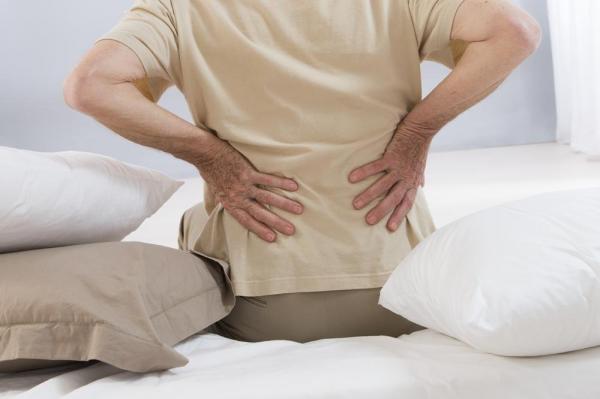
LONDON, Dec. 4 (UPI) — Using mice genetically altered to lack a nerve channel that enables people and animals to feel pain, researchers developed a two-drug method of treatment they think will help people who have chronic pain.
Nerve cells use various channels to communicate with the nervous system, including to signal pain. Previous research showed the sodium channel Nav1.7 is important specifically for signaling pain, and people born with a non-functioning Nav1.7 do not feel pain.
Broad-spectrum channel blockers are not good for long-term use because of complete numbness and side effects that develop over long periods of use, and opioids are highly addictive and cause side effects, which has led researchers to search for a way to artificially recreate the rare condition of living pain-free.
The researchers believed people with the mutation have higher than normal levels of natural opioids, which they confirmed in both mice and people, which combines with the lack of a functioning Nav1.7 to prevent pain — leading to the combination treatment researchers plan to patent and develop.
“After a decade of rather disappointing drug trials, we now have confirmation that Nav1.7 really is a key element in human pain,” said John Wood, a professor at University College London, in a press release.
“The secret ingredient turned out to be good old-fashioned opioid peptides, and we have now filed a patent for combining low dose opioids with Nav1.7 blockers. This should replicate the painlessness experienced by people with rare mutations, and we have already successfully tested this approach in unmodified mice.”
First, researchers gave mice without Nav1.7 naloxone, an opioid blocker, and found the rodents could feel pain. Then they did the same thing with a 39-year-old woman who does not have functioning Nav1.7 channels, and she felt pain for the first time in her life.
Wood said his team hopes to start human trials in 2017 to test low-level opioids — lower than they believe would be addictive — combined with blocking Nav1.7, in the hope that it will successfully solve pain conditions.
The study is published in Nature Communications.





